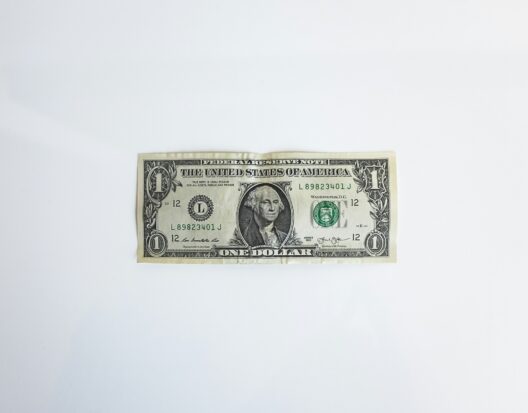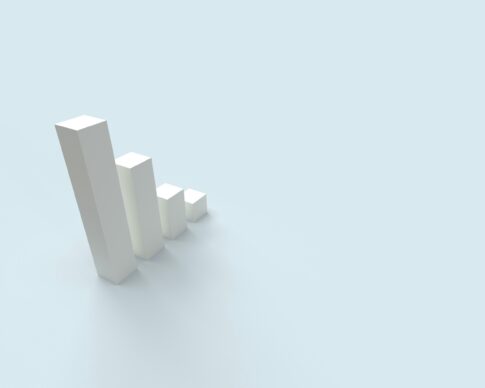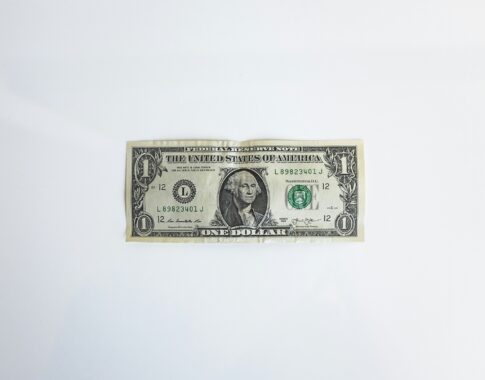Today, I will explain the following site. (AI-generated)
「日本流の戸建て住宅」がアメリカで売れる理由・・・積水ハウスと住友林業・大和ハウスで戦略に違い(東洋経済オンライン) – Yahoo!ニュース
Contents
Understanding the Success of Japanese-Style Homes in the US Market
As the domestic housing market in Japan continues to shrink, major Japanese homebuilders are increasingly venturing into the US market. Notably, Sekisui House completed the acquisition of the large US homebuilder M.D.C. Holdings (MDC) for approximately .9 billion, propelling it to the 5th position in the US market. This move also highlighted the strategic differences between Sekisui House and other companies such as Sumitomo Forestry and Daiwa House, who have been expanding their business scale through the widely adopted ‘2×4’ construction method of wooden houses in the US.
Why Japanese Homebuilders are Expanding in the US
Japanese firms are leveraging their expertise in prefabrication technology to significantly shorten construction periods and reduce costs, aiming for market share expansion in the US. The ‘2×4’ construction method, a standard in the US, has been the primary approach for Japanese companies like Sumitomo Forestry, which started its US operations in 2003, and Daiwa House, which re-entered the market in 2011 after an initial withdrawal in the 1980s.
The Strategies of Sekisui House, Sumitomo Forestry, and Daiwa House
While Sumitomo Forestry and Daiwa House have been focusing on the ‘2×4’ method, Sekisui House has revealed plans to export its unique luxury housing method ‘SHAWOOD’ to the US. The company’s president, Yoshihiro Nakai, expressed determination to become a game-changer in the US housing industry by introducing Sekisui House technology.
Comparing Traditional and Innovative Construction Methods
The US homebuilding industry has been slow to adopt prefabrication, presenting an opportunity for Japanese companies to bring their advanced techniques to the table. Sekisui House’s decision to introduce its proprietary products into the US market raises the question of whether Japan can replicate its historical success in electronics and automobiles in the housing sector.
Impact of Prefabrication Technology on the Housing Industry
Prefabrication technology allows for the construction of homes in a controlled factory environment before being transported and assembled on-site. This method offers significant advantages in terms of speed, cost, and consistency, which Japanese companies are keen to capitalize on in the US housing market.
Advantages of Prefabricated Homes in the US
Prefabricated homes can lead to substantial savings in construction time and costs, offering a competitive edge in the US market where the housing industry is experiencing a supply shortage. In Japan, the number of new housing starts has been declining, with a 7.0% decrease anticipated for the fiscal year 2023, barely maintaining the 800,000 level.
How Japanese Companies are Changing the Game
Japanese homebuilders are positioning themselves as innovators in the US market by introducing their proven prefabrication technologies. This strategic move aims to address the supply shortage in the US, where the housing construction numbers exceed 1.5 million annually, with single-family homes accounting for 600,000 to 700,000 of those.
Challenges and Opportunities for Japanese Homebuilders Abroad
While the US market presents significant opportunities due to its size and the current supply-demand gap, Japanese companies must navigate challenges such as differing regulations, consumer preferences, and competition from established local players.
Future Prospects for Japanese-Style Homes in the US
The success of Japanese homebuilders in the US market will depend on their ability to adapt and innovate in a market that is vastly different from Japan. With a history of conquering the US market in other industries, there is potential for a similar outcome in the housing sector.
Can Japan Replicate its Electronics and Auto Success in Housing?
Japan’s historical success in exporting electronics and automobiles to the US market serves as an inspiration for its homebuilders. The key to replicating this success lies in their ability to offer unique and high-quality housing solutions that resonate with American consumers.
Addressing the US Housing Supply Shortage with Japanese Expertise
Japanese homebuilders can contribute to solving the US housing supply shortage by offering efficient and cost-effective construction methods. The US market, unlike Japan, has a vibrant trade in existing homes, which accounts for about 80% of the overall market, despite the current stagnation in resale numbers due to high mortgage interest rates.
Market Trends and Consumer Preferences in US Real Estate
Understanding and adapting to market trends and consumer preferences will be crucial for Japanese companies entering the US real estate market. With the US population continuing to grow, partly due to immigration, there is a sustained demand for new housing, providing a fertile ground for Japanese-style homes and construction technologies.












